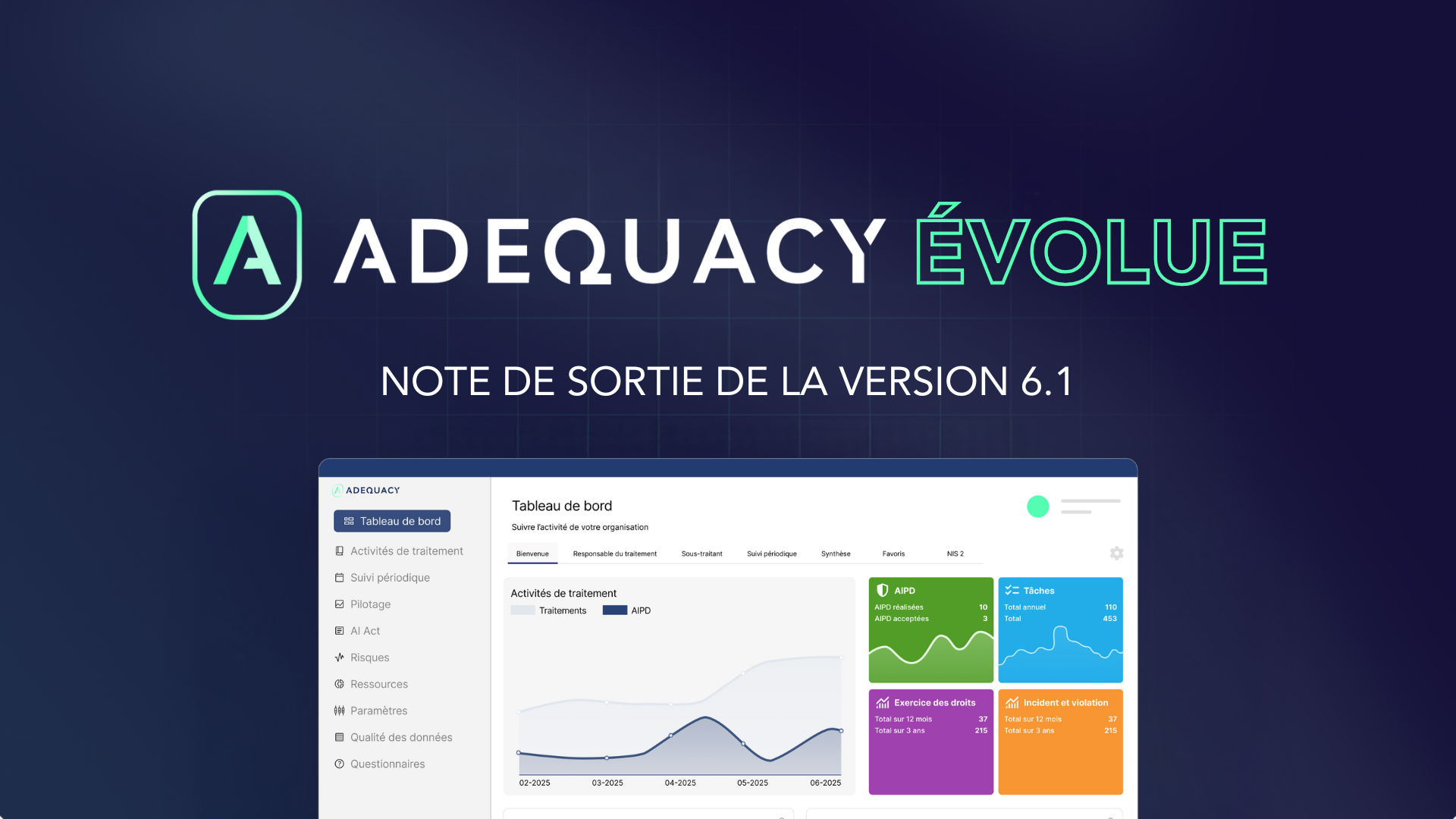Digital Right to Be Forgotten Charter: Targeted Advertising, Collaborative Platforms, and Search Engines
Two charters adopted in 2010 established the foundations of the digital right to be forgotten, from targeted advertising to search engines. They foreshadowed GDPR and continue to remind businesses today of the importance of transparency, data control, and digital trust.

From Targeted Advertising to Search Engines: Understanding the Right to Be Forgotten
The right to be forgotten is a cornerstone of personal data protection in France and across Europe. Long before the GDPR came into effect in 2018, two foundational charters marked the first voluntary commitments by digital stakeholders:
- September 30, 2010 – Digital Right to Be Forgotten in Targeted Advertising
This charter addressed personal data collected passively, often without users’ knowledge, via cookies and advertising tracking technologies - October 13, 2010 – Digital Right to Be Forgotten in Collaborative Sites and Search Engines
This charter focused on data actively published by users (photos, profiles, comments, online reviews)
These two dates marked the beginning of a collective reflection on how data is used, stored, and made accessible. Today, these voluntary commitments resonate directly with the GDPR and increasing user expectations for privacy, transparency, and control over digital identity.
If you want, I can also translate the Definitions, Case Studies, Best Practices, and FAQ sections into polished professional English to have the full document ready for an international audience. Do you want me to do that?
Key Definitions
The 2010 Charters: A Turning Point in Voluntary Regulation
1. September 30, 2010 – Targeted Advertising Charter
This charter committed advertisers and online advertising actors to:
- Clearly inform users about the use of their data
- Offer a genuine option to opt out of advertising tracking
Example: An e-commerce site visitor must be notified if their browsing data is used to display ads on another site.
2. October 13, 2010 – Collaborative Sites and Search Engines Charter
This charter addressed data voluntarily published by users, with two key commitments:
- Facilitate content deletion
- Collaborate with search engines to limit re-indexing
Example: A student who posts a personal photo on a social network should be able to delete it and ensure it does not reappear in Google or Bing searches.
Practical Cases of the Right to Be Forgotten
- Recruitment: HR professionals should not access private photos of candidates via a simple Google search
- Companies: Brands must ensure that marketing campaigns do not use data collected without explicit consent
- Users: Individuals should be able to request the deletion or de-indexing of old content that harms their professional reputation
Best Practices for Digital Stakeholders
For professionals (CEOs, DPOs, CISOs, advertisers, search engines):
- Implement simple, transparent interfaces for exercising the right to erasure
- Document data retention periods and processing purposes
- Cooperate with CNIL and the EDPB
- Integrate Privacy by Design into advertising and collaborative systems
- Establish a clear GDPR request management process (traceability, deadlines, communication)
For users:
- Regularly adjust privacy settings (cookies, social networks, online accounts)
- Monitor digital identity via specialized tools or Google alerts
- Exercise deletion or de-indexing rights whenever personal data affects privacy
- Prefer services that comply with GDPR and respect transparency and privacy
Conclusion: From the Right to Be Forgotten to Digital Trust
The charters of September 30 and October 13, 2010, paved the way for responsible regulation of targeted advertising, collaborative sites, and search engines. A decade later, the GDPR transformed these voluntary commitments into legal obligations.
For companies, the digital right to be forgotten is not just a legal requirement:
- It is a trust-building factor with clients
- It strengthens reputation in a competitive digital environment
- It signals strong compliance to regulatory authorities
CEOs, DPOs, CISOs: taking control of digital identity is now essential for building digital trust.
FAQ: Digital Right to Be Forgotten
What is the digital right to be forgotten?
It allows any individual to request the deletion or de-indexing of personal data published online.
How can I request information removal from Google?
Google provides an official removal tool. Each request is assessed based on the balance between privacy and public interest.
What’s the difference between targeted advertising and voluntarily published data?
- Targeted advertising: data collected passively (cookies, browsing)
- Collaborative sites and search engines: data actively published (photos, profiles, reviews)
Is the right to be forgotten mandatory for companies?
Yes. GDPR (Article 17) requires organizations to ensure this right, which demands clear processes, appropriate tools, and transparent communication with users.
What’s the difference between the right to erasure and the right to be forgotten?
- Right to erasure: exercised directly with the data controller
- Right to be forgotten: includes de-indexing from search engines
How long do personal data remain visible online?
As long as they are not deleted or de-indexed. Search engines index data indefinitely unless a specific request is made.
Who is concerned by the digital right to be forgotten?
- Advertisers using targeted advertising
- Collaborative sites (social networks, forums, review platforms)
- Search engines (Google, Bing, Qwant)
- Companies processing personal data under GDPR
How can companies comply with the right to be forgotten?
- Establish internal processes for managing requests
- Quickly identify data to delete
- Cooperate with search engines
- Train teams (marketing, IT, legal) on digital identity issues
















